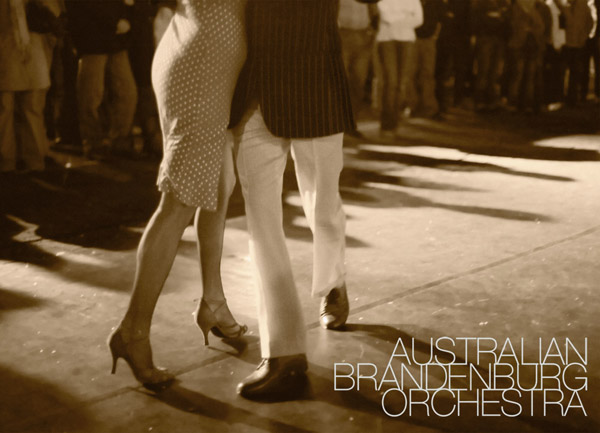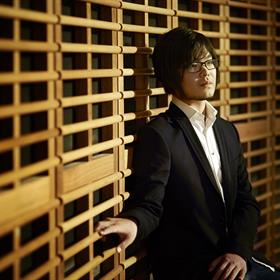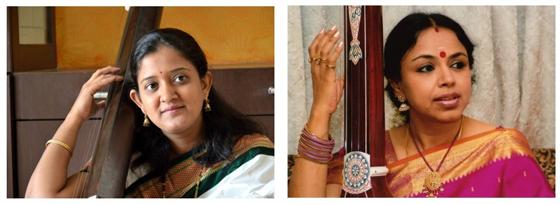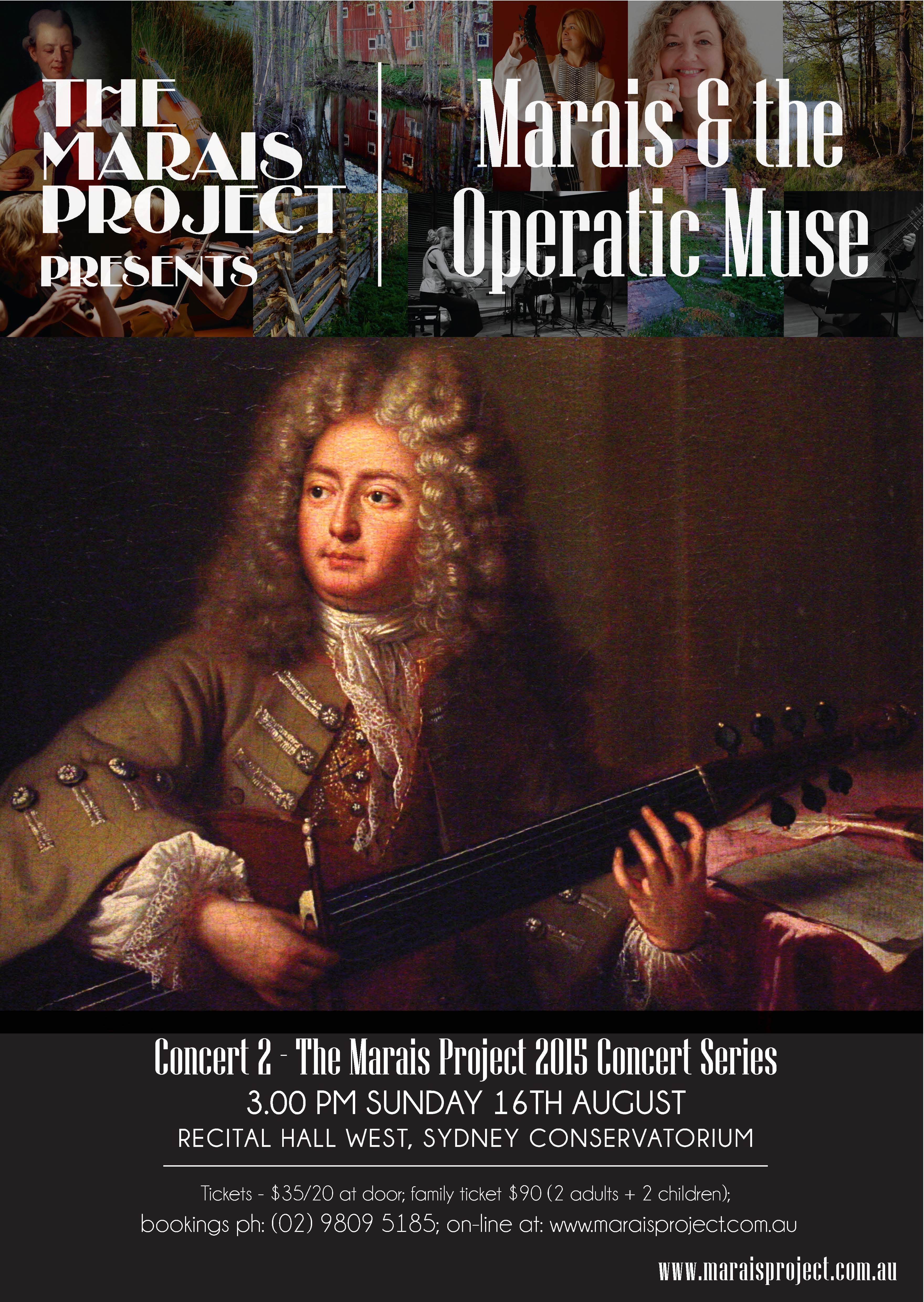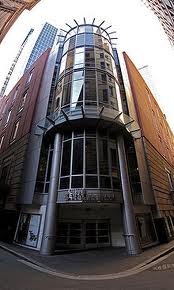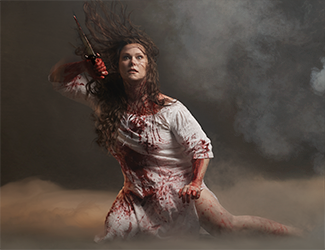17th Century Madrigals Meet 20th Century Tango
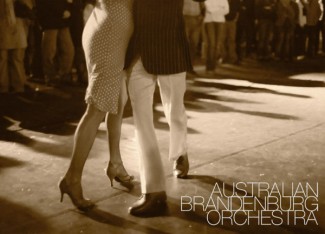
Ancient Italian songs and modern Latin dance become entwined when the Australian Brandenburg Orchestra directed by Paul Dyer AO presents Buenos Aires Tango with Eduardo Egüez & members of his Buenos Aires-based La Chimera. The instrumental ensemble La Chimera was founded in 2001 with “a particular interest in the relationship between the old world and the modern world.”. The Chimera” , they say, “is a mythological and alchemical symbol of transformation. Together, the two ensembles will perform music from Monteverdi and Frescobaldi to Gardel and Piazzolla, embracing intense Argentine tango & sublime 17th century Italian madrigals.
La Chimera includes another Argentinian master Gabriel Rivano. Gabriel’s maternal grandfather was the famous bandoneónist and composer Adolfo Pérez, famously known as Pocholo. Pocholo was one of the first bandoneón tango players and Gabriel inherited not just his passion and talent, but his grandfather’s instrument as well, which he will play during this tour.
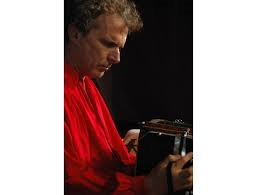
The bandoneón is central to the soundscape of the concert, which, observes Paul, “will appear on the Brandenburg stage for the very first time.” He adds “This project demands not only exceptional singers but also great story tellers, and we have just that in Argentine mezzo soprano Susanna Moncayo and the Italian baritone Furio Zanasi.”
The concert will be co-directed by Egüez and based on his recording project and stage show Buenos Aires Madrigal.
“They originated centuries apart and at almost opposite points of the planet, but the marriage between the Argentine tango and the madrigals of 16th and 17th century Italy is one made in heaven,” says Paul. “Lyrically the tango and madrigal follow remarkably similar stories and themes and we’ll be using these to tell a love story. It will be profoundly moving and a brave musical journey.”
Madrigals were first sung in Italy in the 13th century. They were developed by Lassus, Palestrina and A Gabrieli and peaked in the hands of Gesualdo and especially, Monteverdi during the 16th and 17th centuries.
At the more recent end of the time scale, the bandoneón was developed in the middle of the 19th century and became a solo instrument at the turn of that century. Rather than a keyboard it has buttons which produce single notes when pushed.
The Tango is said to have originated in the slums of Buenos Aires, also in the 19th century. It has been the most popular Argentine urban dance of the 20th century and expresses the essence of the nation’s character. Since the Argentine Astor Piazzolla (1921–92) introduced it to the rest of the world, the bandoneón has become synonymous with Piazzolla and the Tango.
Tickets range from $65 to $154 (Concessions/Under 30 available).Booking fees apply
Book online at www.cityrecitalhall.com or at City Recital Hall, Angel Place or call (02) 8256 2222 or at www.brandenburg.com.au or call Brandenburg (02) 9328 7581.

